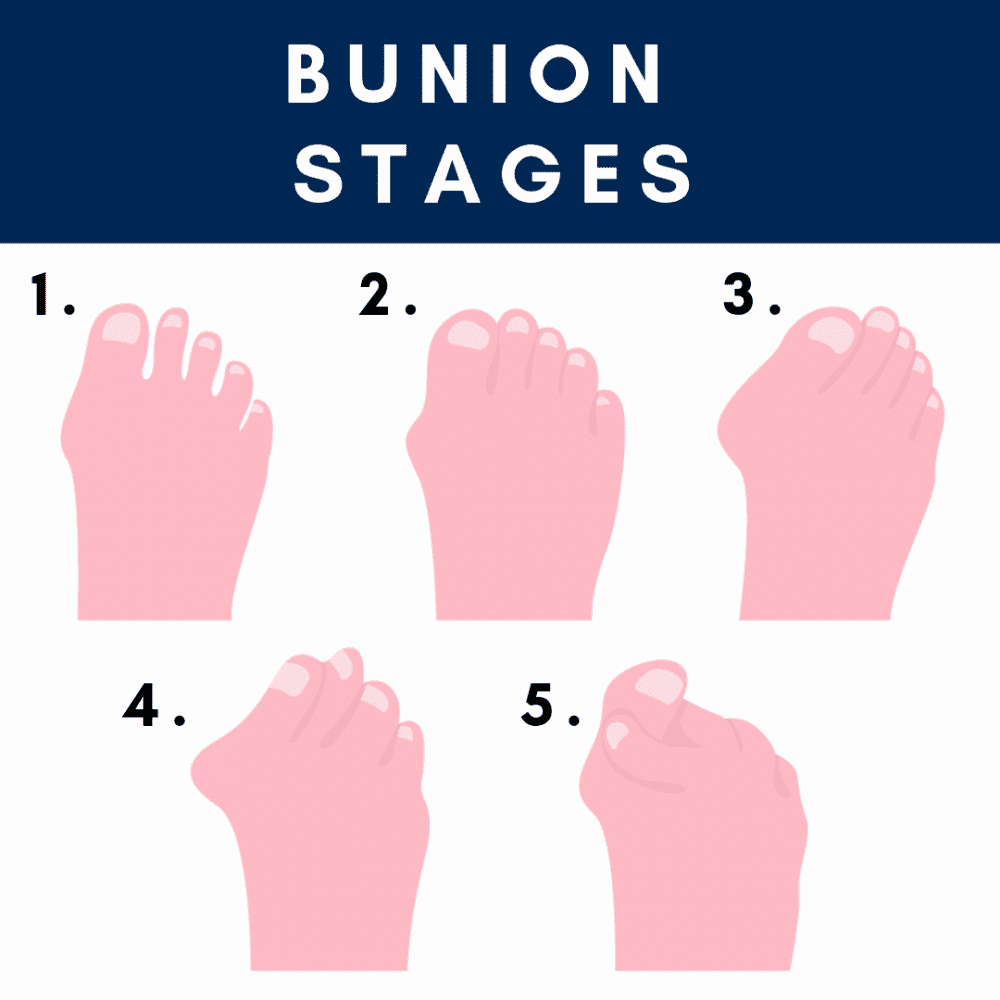
How to Stop Your Bunions From Getting Worse

Foot abnormalities like bunions are progressive and don’t simply appear out of nowhere. That means there are steps you can take to slow their progression. These steps not only save your feet from the cometic problems bunions pose but the pain and discomfort that comes with these bony protrusions as well.
Since bunions develop gradually, our knowledgeable podiatry team here at Neuhaus Foot and Ankle thought we’d take this opportunity to provide you with a few evasive measures that allow you to sidestep severe bunions.
Here’s a look at how bunions develop and four steps you can take to stop them from getting worse.
Behind the bunion
Also called hallux valgus, a bunion occurs in the metatarsophalangeal joint (MTP) in your big toe. Your MTP is the largest joint in your big toe, and it’s located where your metatarsal (the long bone in your foot) meets your phalanx, which is the first small bone in your toe.
When your MTP begins to move out of alignment, it forces your metatarsal toward the inside of your foot, which angles your phalanx toward the outside of your foot. As this movement continues, your big toe shifts toward your second toe and can even travel over or beneath the second toe. During this migration, your MTP joint enlarges, which is what creates the bony protrusion.

Now, let’s take a look at how we can stop or slow the progression of a bunion.
Give your toes room
Far and away, the leading cause of bunions is shoes that cramp your toes and force them down and forward. In other words, heels with pointy toes are enemy number one when it comes to problems like bunions.

If you see your big toe start to shift toward your second toe, you should ditch those cramped shoes in favor of those that provide space for your feet and toes to spread out evenly.
Give your feet added support
Another great way to stave off bunions is to provide your feet with additional support. Your feet support the weight of your entire body, so it’s imperative that the workload is spread out evenly. When there’s a misalignment, your weight can shift. Fortunately, custom orthotics can shift it back.

Maintaining distance
Another technique for preventing your big toe to crowd your second toe (and, consequently your other toes) is to wear toe separators.

A permanent solution
If despite your best efforts, your bunions progress to the point where preventive measures are no longer effective, the good news is that we offer several surgical techniques for restoring your feet, including:
- McBride bunionectomy
- Mitchell bunionectomy
- Distal Chevron osteotomy/Austin bunionectomy
- Keller bunionectomy
- Lapidus
- Lapiplasty
Each of these procedures is a different approach to the bunion problem. When you come in for a consultation, we use advanced imaging to determine which one is right for you. Read our telltale signs you need bunion surgery to see if you should consider bunion surgery.
For more info on mitigating pain from your bunions, check out our 10 step guide for treating bunion pain.
If you suspect you’re developing bunions and you have more questions, contact one of our locations in Hermitage, Brentwood, Nashville, Mount Juliet, Waverly, Smyrna, Gallatin, Murfreesboro, or Lebanon, Tennessee.
You Might Also Enjoy...


Why You Should Never Ignore a Foot Wound If You Have Diabetes

5 Tips for Managing Numbness and Tingling in Your Feet

4 Ways to Slow Down the Progression of Foot Osteoarthritis

Are There Nonsurgical Treatments for Bunions?


